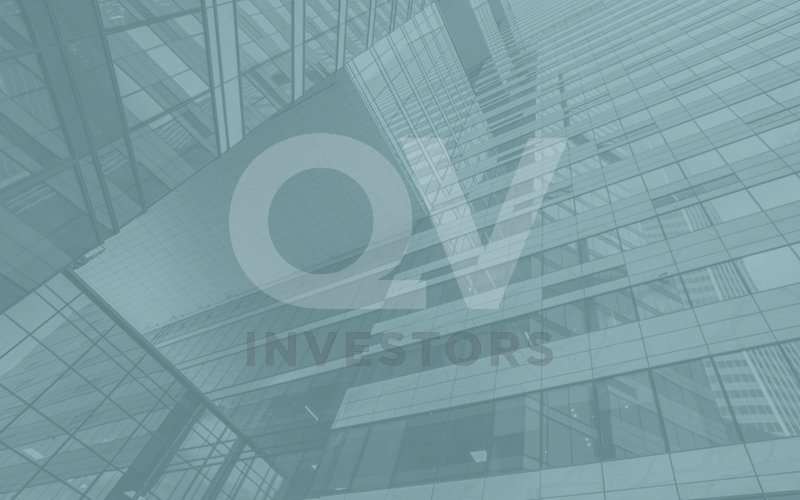As the longest-running bull market in history approaches the 11-year mark, share buyback activity among S&P 500 index constituents remains near all-time highs.

Source: BMO Capital Markets
The growing prevalence of corporate share buybacks has drawn the ire and condemnation of many market observers. These detractors often make the case that buybacks encourage short-term decision making which leads to artificially inflated earnings per share (EPS) and share prices – thereby benefiting option-holding senior executives and shareholders at the expense of the average worker. They also argue that buybacks can weaken a company’s financial position while stifling investment and innovation. In early 2019, the buyback debate entered the political realm as U.S. Senators Chuck Schumer and Bernie Sanders jointly argued against the practice in a New York Times Op-Ed.1 Chief among their criticisms was that buybacks restrain a corporation’s ”capacity to reinvest profits more meaningfully in the company in terms of R&D [research & development], equipment, higher wages, paid medical leave, retirement benefits and worker retraining.” Ultimately, opponents of share buybacks make the case that investors have become fixated with measures of short-term performance at the expense of the long-term health of their companies and the workers that they employ.
Taking a step back from these populist arguments, fundamental investors must recognize that the share repurchase mechanism is one of several tools at management’s disposal when it comes to implementing an effective capital allocation strategy. Along with traditional capital expenditures, acquisition opportunities and dividends, share buybacks are a legitimate capital allocation tool that can enhance shareholder value if properly implemented (i.e. if the price paid for acquired shares is below their underlying intrinsic value). The notion of intrinsic value is central to the share repurchase consideration as it can provide an important yardstick upon which to rank prospective buybacks vs. other capital deployment alternatives. When viewing the capital allocation decision through a risk-adjusted framework, it is worth noting that the buyback option can result in immediate/timely value accretion, carries no cultural or integration risk, and doesn’t rely on the attainment of uncertain synergy targets to justify the ‘investment’ decision.
Although buybacks can increase EPS and a company’s share price in the short term, a business that systematically underinvests in its asset base, curtails R&D, disregards profitable acquisition opportunities and underpays its employees in the name of share buybacks will undoubtedly impair its franchise as well as shareholder value over the long term. Management teams that use a balanced, full cycle approach to capital allocation and carefully consider the different capital allocation options at their disposal (including share buybacks) stand a better chance of growing intrinsic value over time and avoiding the pitfalls of short-term decision making.

Source: Capital IQ, QV Investors
Several QV portfolios hold shares of Microsoft Corporation (NASDAQ: MSFT). Over the past decade, the company has set the standard for sensible capital allocation. Management has consistently grown its level of investment in the business (capital spending + R&D) while also growing the dividend and buying back shares. Over the period, the business has achieved double-digit growth in revenues, earnings and cash flow, while sustaining strong returns on invested capital and reinforcing its competitive standing as a global software industry leader.




